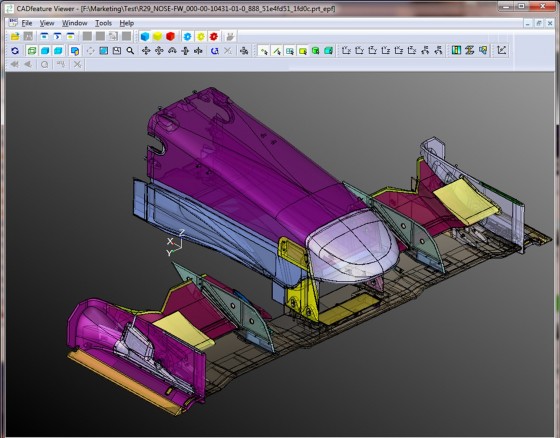What started as a consortium to reverse engineer the AutoCAD file format has matured into an essential developer for a variety of design technologies.
Autodesk CEO Carl Bass once called the Open Design Alliance (ODA) “the arms merchant for my enemies.” When he made that statement more than 10 years ago, nobody disputed the claim. Founded in 1998 as the OpenDWG Alliance, the original goal was simple: reverse engineer the .dwg file format used in AutoCAD so Autodesk competitors could read/write AutoCAD drawings.

Today’s ODA is a far cry from the organization that once placed a full-page ad in the Wall Street Journal as an act of defiance toward Autodesk. Today the ODA publishes a technology platform capable of serving as the foundation for complete software products, using its open version of the .dwg file format as one of three data formats it actively supports. More than 1200 members use the ODA Teigha development environment to build graphics utilities and full software products for Windows, Linux, and Mac plus four mobile platforms. The ODA’s continued support for the .dwg format has cemented its leadership as the primary data format for 2D engineering vector data. There is at least one application running ODA technology today that has more than 1 million installations, and many more in the tens if not hundreds of thousands. A development value chain is emerging: ODA member Graebert Software uses Teigha technology to publish its own CAD software; it also provides CAD technology to other vendors, including DraftSight for Dassault Systèmes and the new Onshape cloud-based MCAD.
This week ODA developers gathered in Prague for their annual conference. A survey in advance of the conference confirms the wide variety of interests the ODA now supports. Forty percent of member companies need cloud-based rendering; 40% also said they need support for 3D PDF import/export. Thirty percent of the membership wants ODA to support the use of point cloud data in .dwg files, and 30% want support for model-based documentation (MBD) technology, where annotated 2D drawings for the shop floor are automatically generated from 3D models.
Under the leadership of ODA veteran Neil Peterson, members will get what they want. The alliance has just finished an initial implementation of a PRC read/write library; PRC being the ISO standard format for storing 3D data inside a PDF file. The other top interests are also under development.
Cloud technology is today’s holy grail. Autodesk leads the major CAD vendors in supporting it. But it is not trivial to create cloud technology from formerly desktop-bound applications; they have to be decoupled piece by piece from reliance on a single client. With a newer code base and no need to protect the legacy of any single piece of software, the ODA is well positioned to provide its members with the cloud-based technology required of next-generation CAD software.





